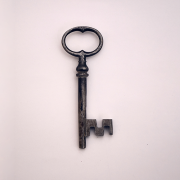
Upgrading or changing your payroll system comes with a ton of wonderful benefits. Saving time and money, making everyone’s lives easier, and better integration are all good reasons to consider a change. But if the switch is mishandled, the results can be catastrophic and lead to long-lasting problems. Read on for some tips on how to avoid a disastrous payroll system migration.
1. Give the project the time it needs
It’s true that people may enjoy coming to work. But for most people, earning money is the main reason they seek out employment. Our jobs make the world go round, and support us and our families so that we can afford everything else in life.
Not getting paid, or getting paid incorrectly, is a massive problem for your employees. As a business owner, you want to make sure your employees are paid right and paid on time. This protects your business, but it also protects their happiness.
Changing payroll systems is a huge undertaking. There are many moving parts and people who will be affected. Make sure to give this project the time and attention it deserves.
Determine what will be necessary to make the transition, understand who it affects, and communicate with everyone involved. The planning process is critical. Treat it as the foundation to making the switch, and the rest will fall into place.
2. Map out integrations
All payroll software will do the basics, but that’s just the beginning of your new system. Learn about what other software will integrate with your new platform. Do your research for what add-ons you will need, and build accordingly.
Your new system will be able to connect with HR software, advanced accounting functions, time tracking tools, and so much more. Envision what your complete system looks like and understand how to get it to all work together.
When you have the full picture from the planning stage, it will make the transition a lot smoother.
3. Adjust the platform to your needs
The main motivation for implementing a new payroll system is to make things easier. Yet, many businesses overlook the ways that their new technology can help. It’s easy to lean on old methods for getting things done because they’re familiar, but that would be a mistake when switching to a new payroll system.
Make sure you know about and understand the features of your new platform. This is where the real time, money, and energy savings will come in. Automate anything you can. When these tools prove their worth, your team will understand the reason for switching.
4. Don’t bring over bad data
When implementing or switching to a new system, take the opportunity to go over your incoming data. Yes, all of it. Get rid of what you don’t need, while keeping in mind what you have to keep on hand according to any relevant tax agencies.
While payroll software is incredibly helpful, it can only do so much. If you put bad data in, it will spit bad data out. Go over the information you’re inputting with a fine toothed comb to get the best result.
5. Test, test, test
This phase is critical, and is often overlooked. Before you officially implement anything, make sure to test it out. There’s no quicker way to turn your staff off of something new than for it to work poorly or not at all right out of the gate. Take the time to test now and reap the benefits when you go live.
Final thoughts
Deciding to change your payroll system is a big undertaking. But with some planning and preparation, it can be a smooth and rewarding transition. Get in touch if you’d like to learn more about how we can help make payroll easier for you.
Learn more tips for optimising your business
There are many tricks to the trade, and if you want to make the most of them to grow your business, jump into our email newsletter:










